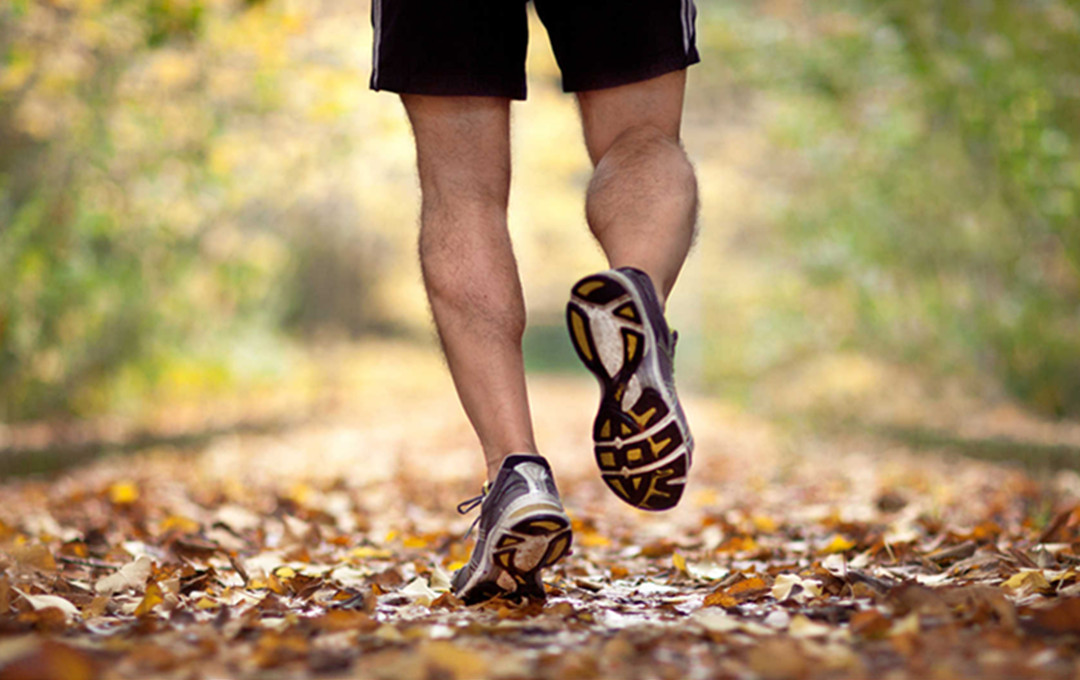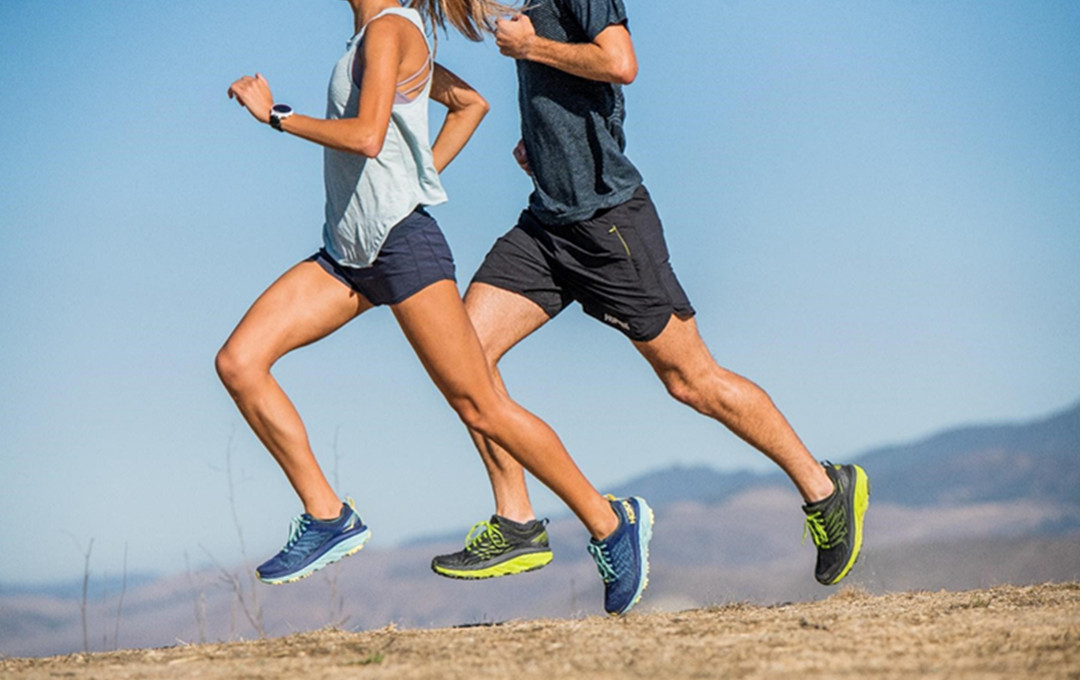As you begin your search for the best running shoes, it helps to understand the variables involved in choosing a shoe. Once you get familiar with these options, it is much easier to narrow down which type of shoe fits your needs.
Types of Shoe Construction:
Shoes are categorized by three main variables in their construction: heel height, midsole profile, and forefoot flexibility.
Heel Height:
The heel is the back part of the shoe that comes in direct contact with the ground when you run. When a heel is higher relative to the forefoot, it causes a runner’s stride to be more upright and slow down a runner’s cadence (or stride rate). But shoes with a higher heel will provide more cushioning and stability. When the heel is lower, the runner’s stride becomes more forward and fast, but there is less of a chance for overpronation (when your foot rolls inward too much). Low-heeled shoes are great for quick workouts or races.
 Midsole Profile:
The midsole is the foam cushioning material that sits between the foot and the ground. Shoe companies have been moving towards a lower-profile, more flexible midsole, which makes for a more comfortable running experience. The shock absorption decreases as the profile gets lower, so a runner who needs extra support may be more comfortable in shoes with a higher midsole profile. A lower profile will mean more ground feel and less cushioning, but it provides improved flexibility and allows for greater propulsion upfront with each stride.
Forefoot Flexibility:
The forefoot is the part of the shoe that is under your toes when you run – think of this as your “flex zone.” A “flexible” forefoot means that you have more room to spread your toes and wiggle them freely, which can help relieve foot pain during running. However, the flexibility comes at a cost – less stability and fewer options for supportive shoes (if you need extra arch or heel support).
Midsole Profile:
The midsole is the foam cushioning material that sits between the foot and the ground. Shoe companies have been moving towards a lower-profile, more flexible midsole, which makes for a more comfortable running experience. The shock absorption decreases as the profile gets lower, so a runner who needs extra support may be more comfortable in shoes with a higher midsole profile. A lower profile will mean more ground feel and less cushioning, but it provides improved flexibility and allows for greater propulsion upfront with each stride.
Forefoot Flexibility:
The forefoot is the part of the shoe that is under your toes when you run – think of this as your “flex zone.” A “flexible” forefoot means that you have more room to spread your toes and wiggle them freely, which can help relieve foot pain during running. However, the flexibility comes at a cost – less stability and fewer options for supportive shoes (if you need extra arch or heel support).
 Midsole Profile:
The midsole is the foam cushioning material that sits between the foot and the ground. Shoe companies have been moving towards a lower-profile, more flexible midsole, which makes for a more comfortable running experience. The shock absorption decreases as the profile gets lower, so a runner who needs extra support may be more comfortable in shoes with a higher midsole profile. A lower profile will mean more ground feel and less cushioning, but it provides improved flexibility and allows for greater propulsion upfront with each stride.
Forefoot Flexibility:
The forefoot is the part of the shoe that is under your toes when you run – think of this as your “flex zone.” A “flexible” forefoot means that you have more room to spread your toes and wiggle them freely, which can help relieve foot pain during running. However, the flexibility comes at a cost – less stability and fewer options for supportive shoes (if you need extra arch or heel support).
Midsole Profile:
The midsole is the foam cushioning material that sits between the foot and the ground. Shoe companies have been moving towards a lower-profile, more flexible midsole, which makes for a more comfortable running experience. The shock absorption decreases as the profile gets lower, so a runner who needs extra support may be more comfortable in shoes with a higher midsole profile. A lower profile will mean more ground feel and less cushioning, but it provides improved flexibility and allows for greater propulsion upfront with each stride.
Forefoot Flexibility:
The forefoot is the part of the shoe that is under your toes when you run – think of this as your “flex zone.” A “flexible” forefoot means that you have more room to spread your toes and wiggle them freely, which can help relieve foot pain during running. However, the flexibility comes at a cost – less stability and fewer options for supportive shoes (if you need extra arch or heel support). Hi~Living Deals from "Linux Foundation"

